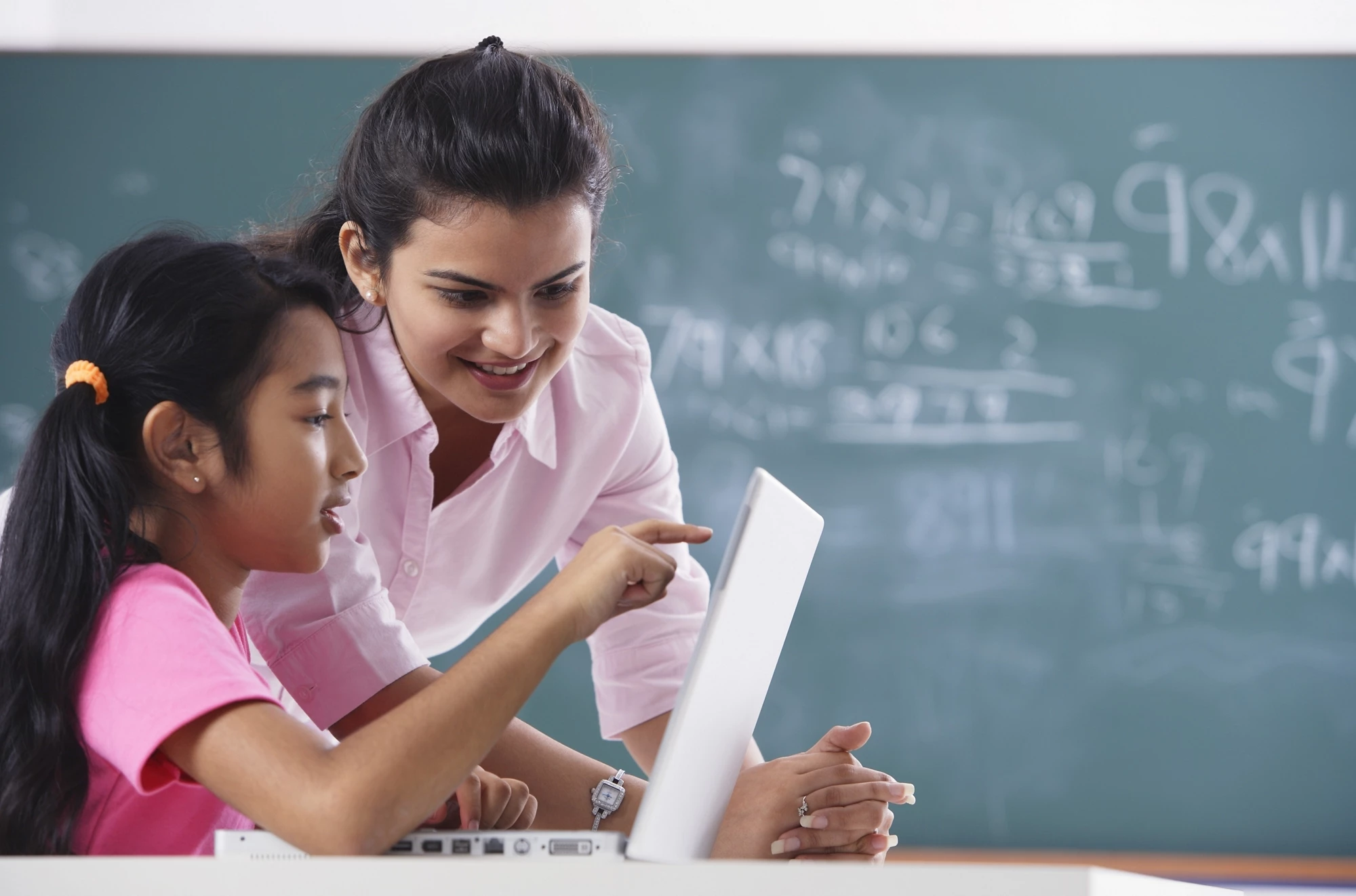Inclusive AI tools, curricula, and social agents can make creative AI accessible to diverse children, particularly those from underrepresented groups in STEM.
Objective: The main goal of this dissertation was to bridge accessibility gaps in creative AI for children, especially those from underrepresented groups in STEM, by designing inclusive AI literacy curricula, tools, and social agents that foster creative learning.
Methods: The research employed multiple approaches across two main themes:
- Promoting Creative AI Literacy:
- Designed and evaluated nine AI curricula (including Creative AI for Middle School, AI and Art, ChatGPT in Schools)
- Developed eight interactive low-tech tools (like Write with Authors, GANPlay, AI Art Explorer)
- Co-designed curriculum with educators through professional development programs
- Conducted workshops with 94 middle and high school students (81% from underrepresented groups)
- Employed pre/post surveys, artifact analysis, and reflections for evaluation
- Designing AI Agents for Creative Learning:
- Created four child-robot co-creative interactions for fostering verbal, figural, and constructional creativity
- Developed Inclusive Co-Creative Child-Robot Interaction (ICCRI) guidelines
- Conducted a multi-session study with 32 neurodivergent children
- Used mixed-methods analysis (video coding, creativity measures, surveys)
Key Findings:
- Access Gaps in AI-CSTs:
- Identified three key barriers: age gap (only 4.3% of AI tools designed for children), knowledge gap (technical expertise requirements), and equity gap (language, resource, and cultural barriers)
- Creative AI Literacy:
- Students showed significant gains in AI knowledge, technical understanding, and ethical awareness
- Art and AI curriculum increased students' self-perception as artists (53 vs. 42 pre-workshop)
- Students developed comprehensive understanding of AI's benefits and harms for artists
- Students designed nuanced policies governing AI in creative fields
- AI Agents for Creative Learning:
- Social robots employing creativity demonstration and scaffolding significantly enhanced children's creativity
- Neurodivergent children working with social robots showed increased verbal creativity, flexibility, and fluency
- Identified seven distinct creator types emerging during child-robot collaboration
- Robot interactions positively correlated with children's creative behaviors
Implications:
- The research demonstrates practical approaches to making AI accessible to diverse young learners, bridging critical gaps in the field
- The AI and Art curriculum provides a model for integrating AI literacy into non-STEM disciplines
- The co-design framework with educators ensures resources are adaptable to diverse learning contexts
- The ICCRI guidelines offer concrete approaches for designing inclusive AI interactions for neurodivergent children
- By promoting AI literacy and creative expression, the work prepares students for future careers in an AI-driven world
- Policy design activities empower youth to participate in shaping ethical AI governance
Limitations:
- Limited geographic and cultural diversity in the studies (primarily US-based)
- The AI and Art curriculum primarily focused on visual art rather than broader art forms
- Three sessions with robot interactions were insufficient to show sustained long-term creativity effects
- Technical requirements still posed barriers for some educational settings
- Sample sizes were relatively small, particularly for specific neurodevelopmental profiles
- The approaches still required some technological resources (computers, internet)
Future Directions:
- Expand the curriculum to include more diverse art forms beyond visual arts
- Conduct longer-term studies to assess sustained impact of robot interactions on creativity
- Adapt curricula for more cultural contexts and languages
- Develop even more accessible tools that require minimal technical resources
- Design autonomous systems that adapt to children's interactions in real-time
- Channel youth policy ideas to real-world policymakers
- Expand AI learning to other non-computing classrooms (law, sports, policy)
Title and Authors: "Artificial Intelligence Tools, Curricula, and Agents for Creative Learning" by Safinah Ali (PhD dissertation)
Published on: February 2025
Published by: Massachusetts Institute of Technology, Program in Media Arts and Sciences, School of Architecture and Planning
